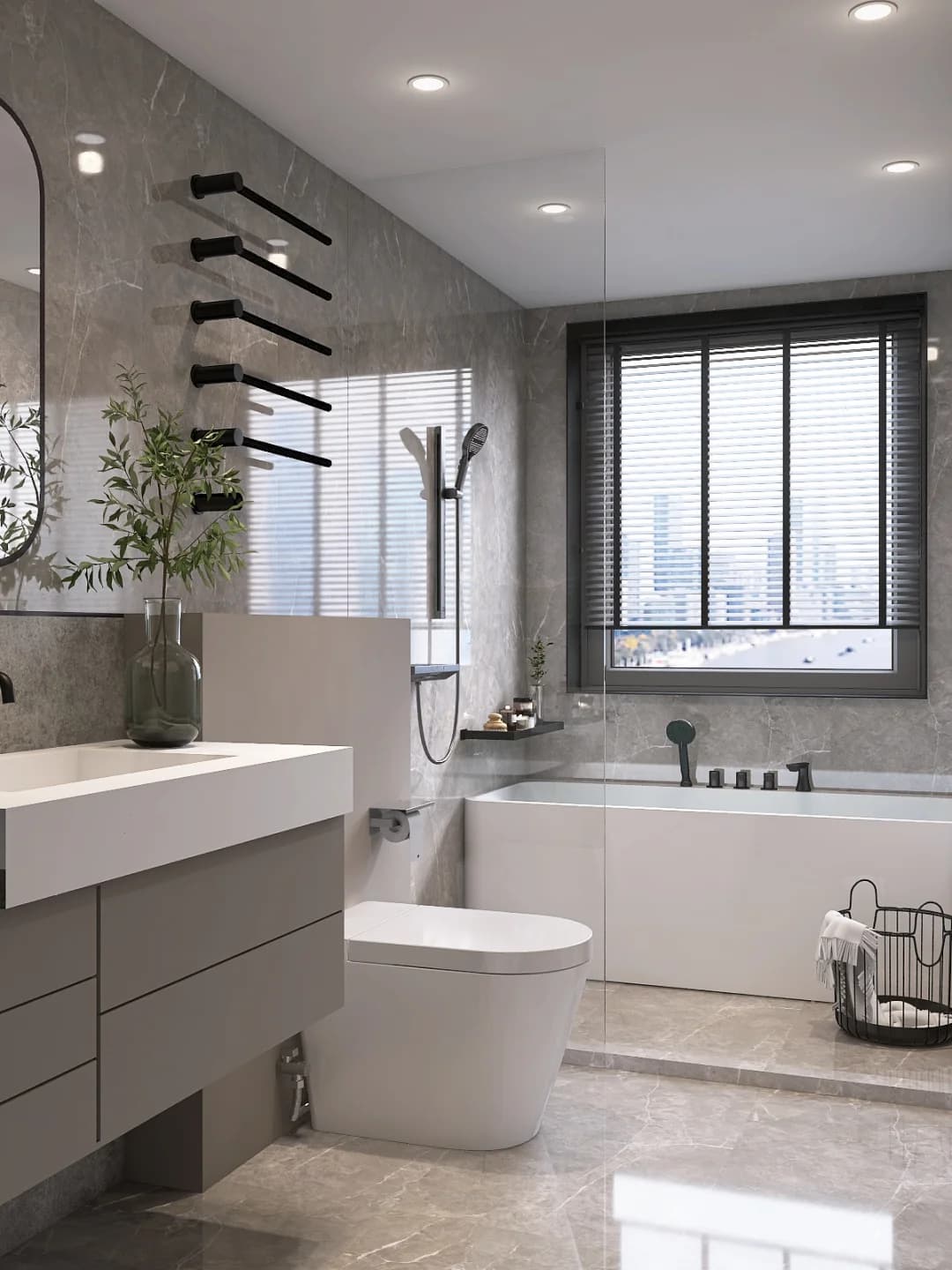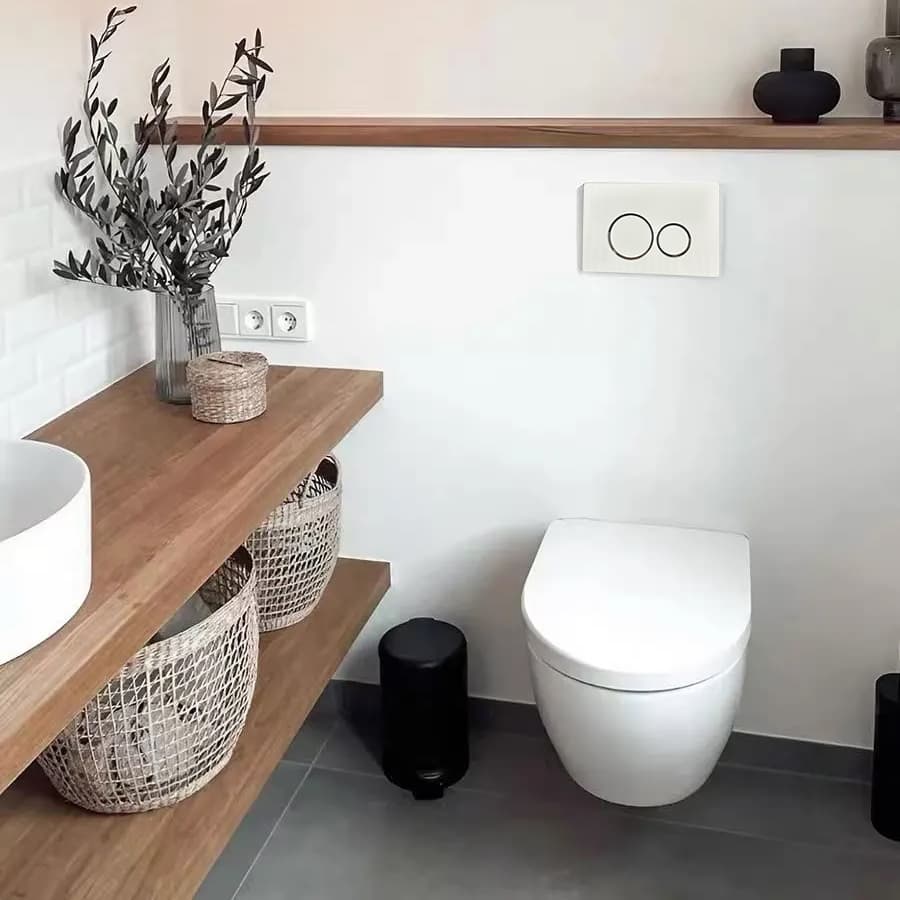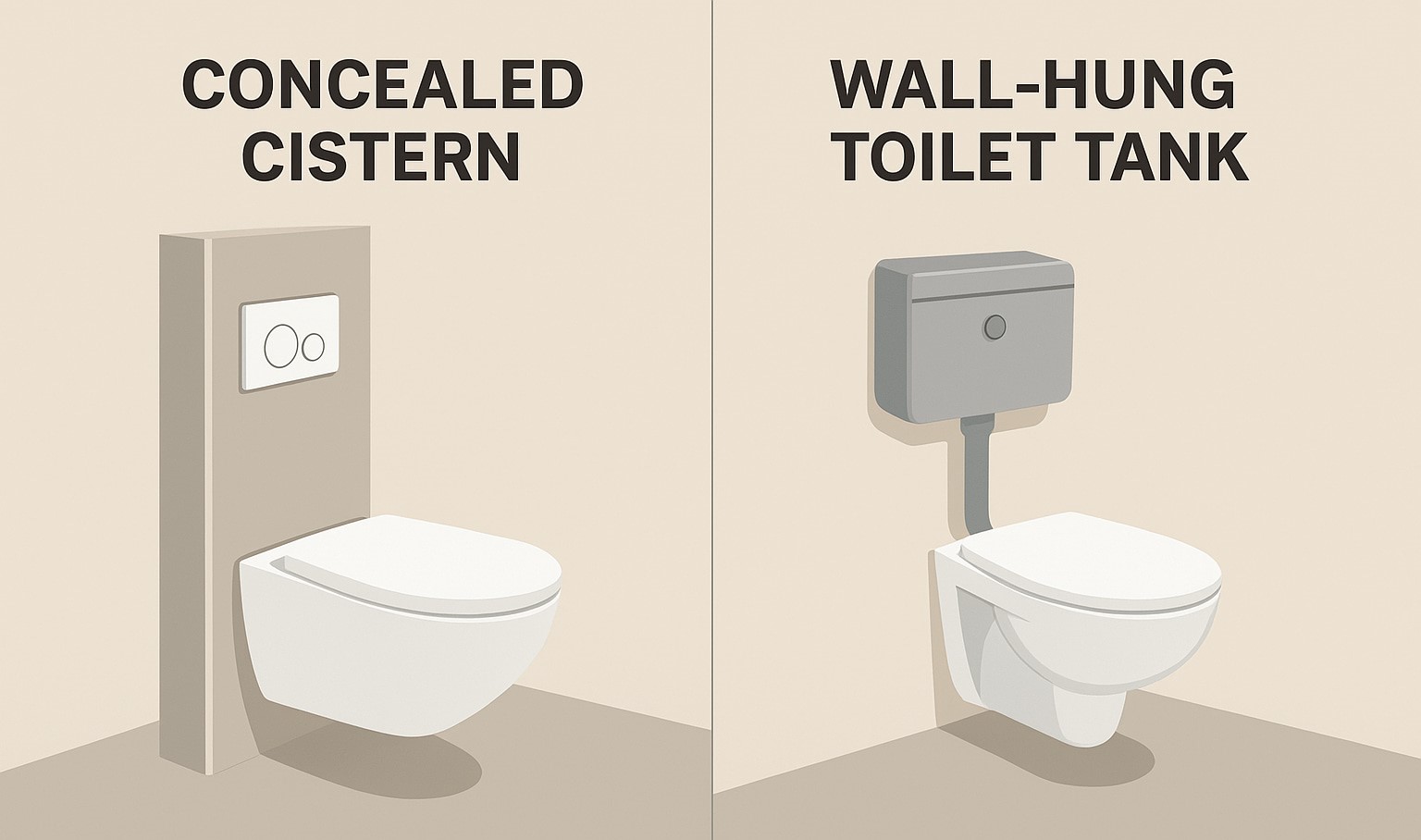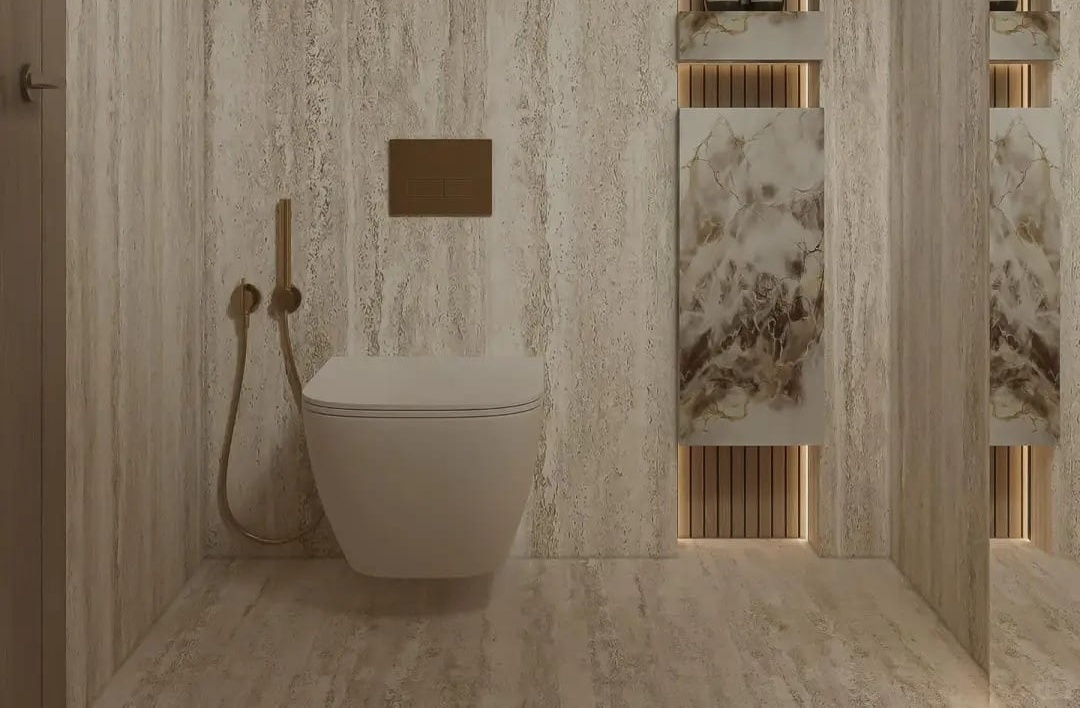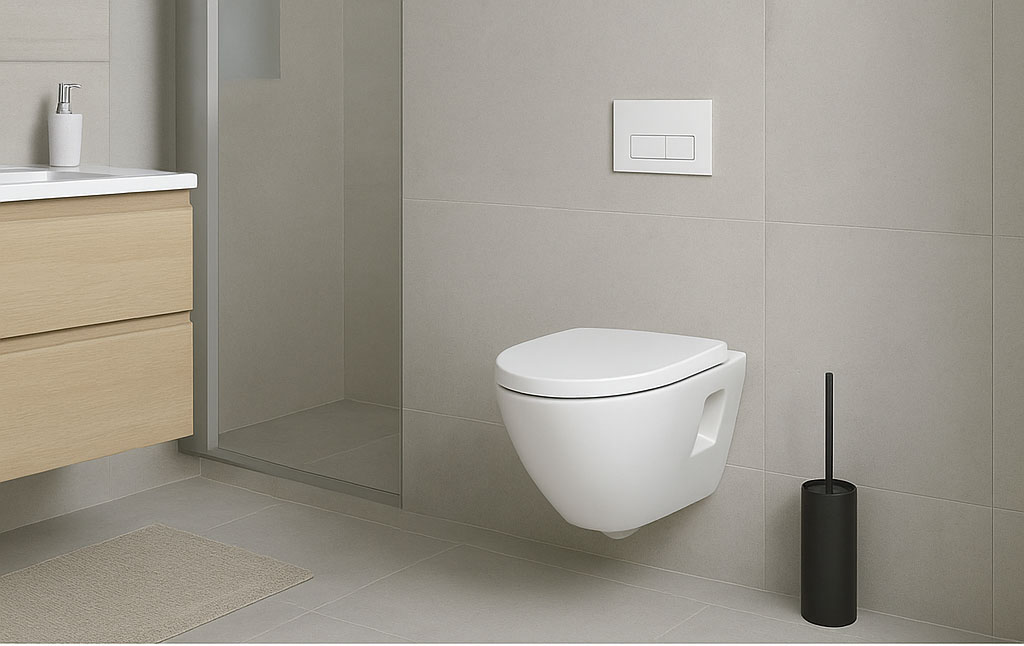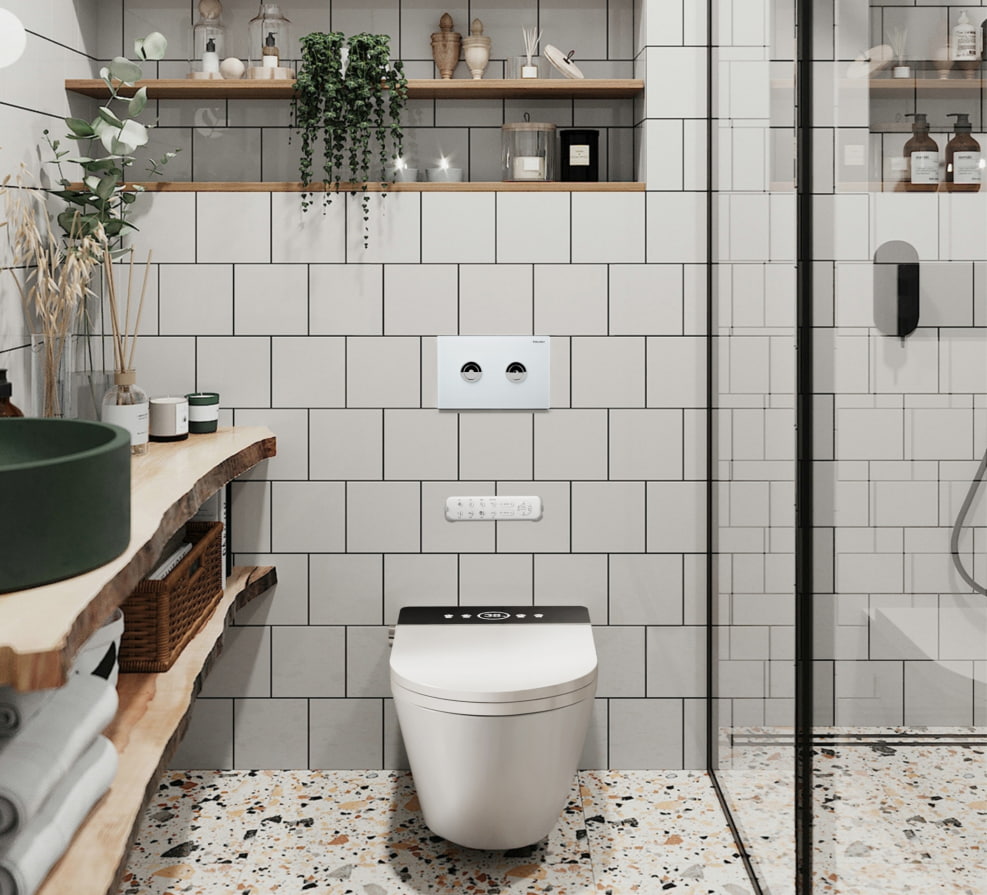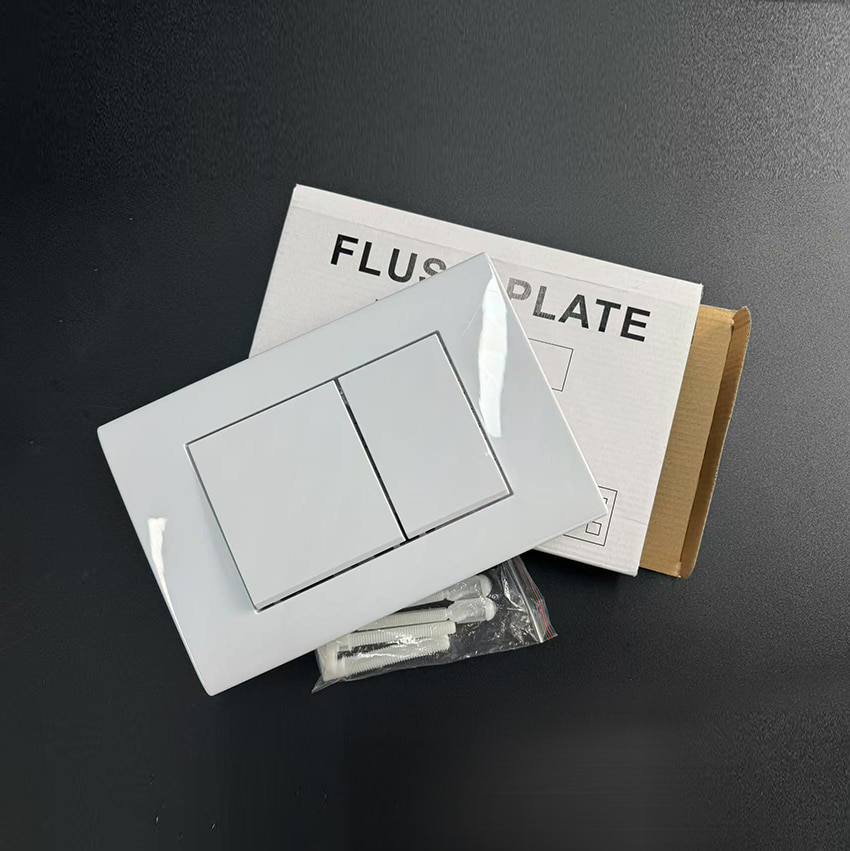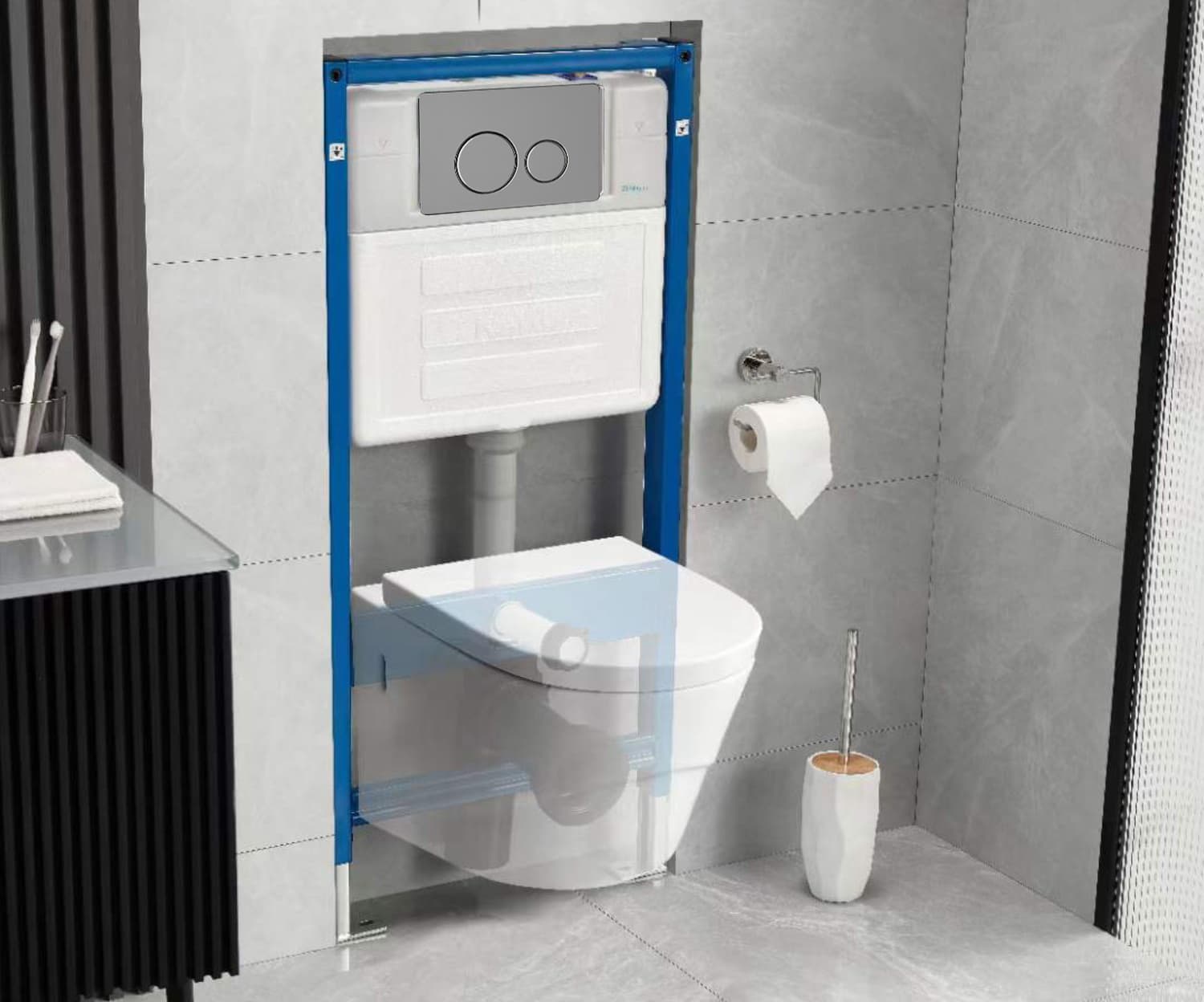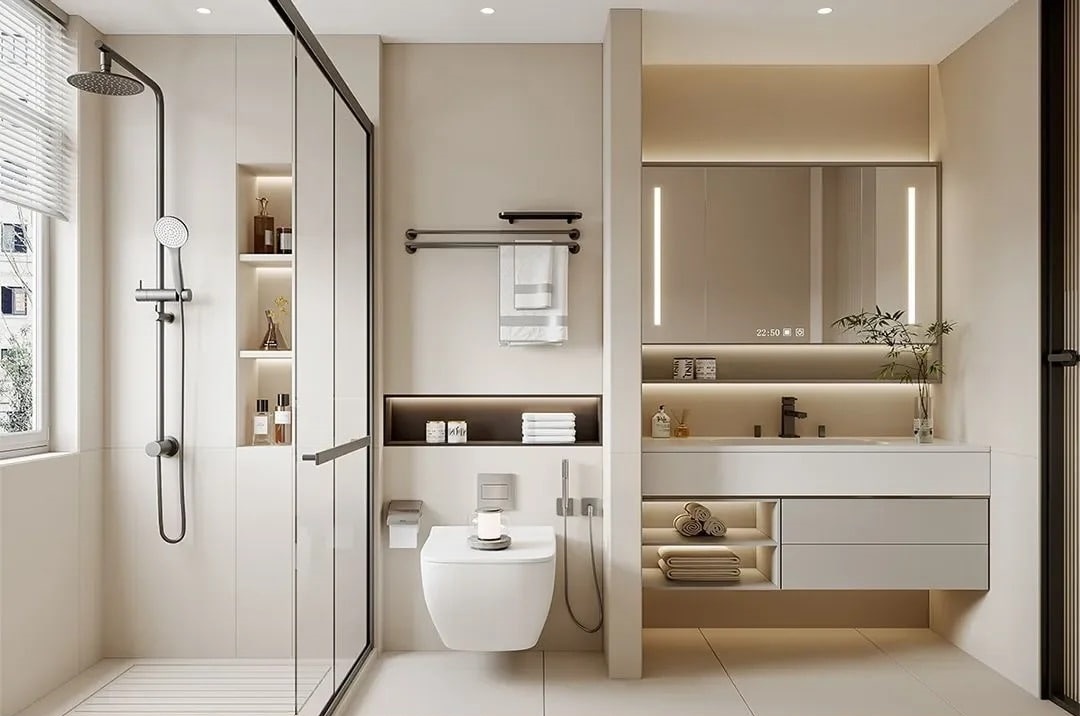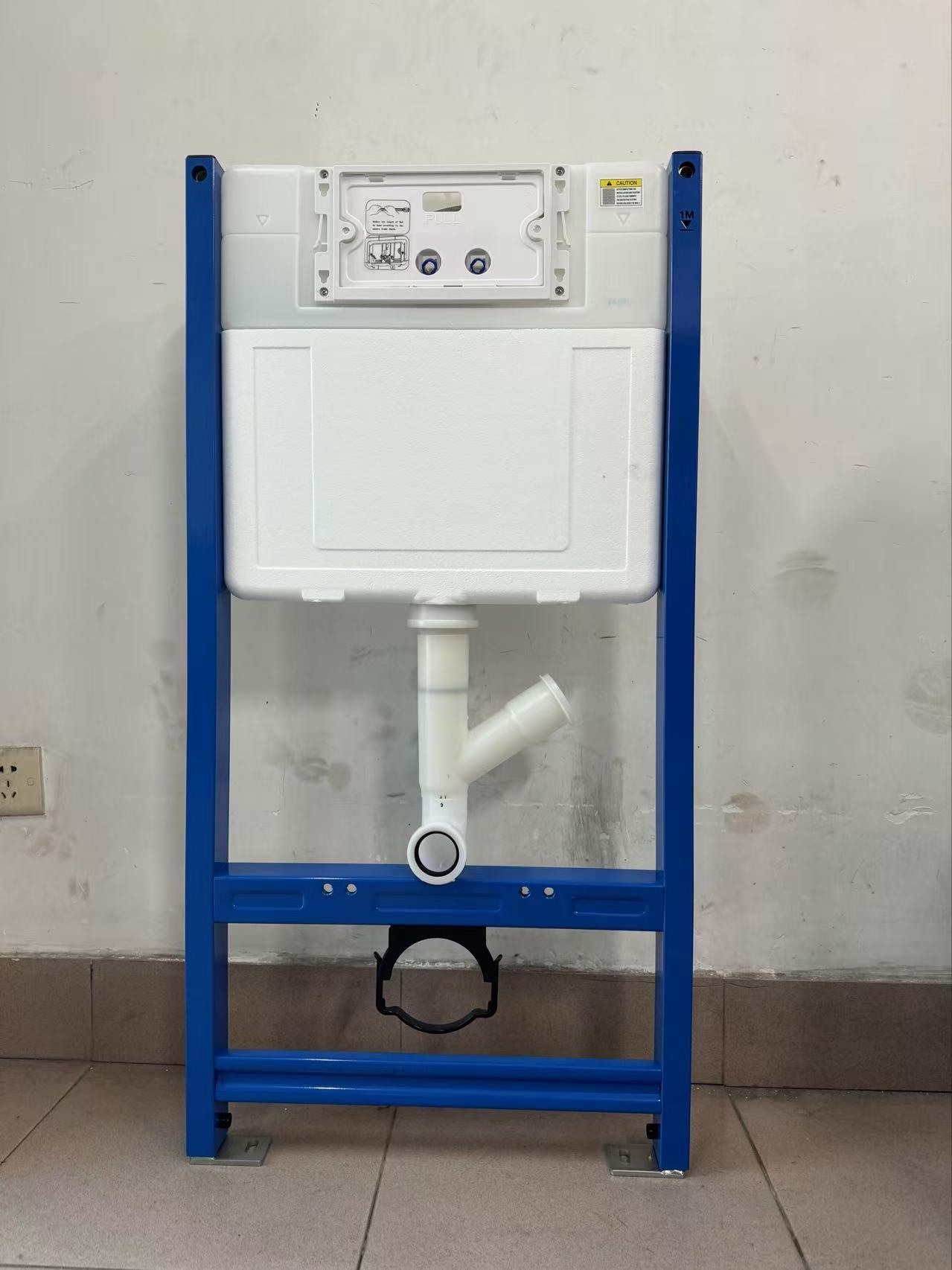خزانات المراحيض الميكانيكية مقابل الخزانات الهوائية: أيهما مناسب لك؟
Jul 11, 2025
عند اختيار خزان المرحاض، لا يُفكر معظم الناس كثيرًا في الأمر حتى يحدث عطل. لكن فهم الفروق بين خزانات المراحيض الميكانيكية والهوائية يُجنّبك الكثير من المشاكل لاحقًا، سواءً كنت تبني منزلًا جديدًا أو تُجدّد حمامك. لنُفصّل آلية عمل كل نظام، وإيجابياته وسلبياته، وأيها الأنسب لاحتياجاتك.
كيف تعمل: الأساسيات
خزانات المراحيض الميكانيكية: تقليدية وموثوقة
الطب والرعاية الصحية
مهما كانت احتياجاتك، CARESTONE بجانبك.
صالون تجميل وسبا وتصفيف الشعر
مهما كانت احتياجاتك، CARESTONE بجانبك.
تجهيز الأغذية وخدمات المطاعم
مهما كانت احتياجاتك، CARESTONE بجانبك.
خزانات المراحيض الميكانيكية هي من الأدوات المُجرّبة والفعّالة التي ربما استخدمتها في معظم المنازل. إليك مبدأ تشغيلها البسيط:
عندما تضغط على مقبض التنظيف، فإنه يرفع سلسلة أو قضيبًا متصلًا بغطاء مطاطي في أسفل الخزان.
يتم فتح الغطاء، مما يؤدي إلى خروج الماء إلى الوعاء لطرد النفايات.
عندما يفرغ الخزان، تنخفض العوامة (عادةً ما تكون كرة مجوفة أو أسطوانة) مع مستوى الماء.
يرتبط هذا العوامة بصمام يفتح لإعادة ملء الخزان بالمياه من سباكة منزلك.
بمجرد أن يمتلئ الخزان، يرتفع الطفو مرة أخرى إلى الأعلى، مما يؤدي إلى إغلاق الصمام حتى عملية التنظيف التالية.
إنه نظام بسيط يحتوي على أجزاء متحركة قليلة، وهذا هو السبب في أنه موجود منذ عقود من الزمن.
خزانات المراحيض الهوائية:حديثة ومدفوعة بالضغوط
الطب والرعاية الصحية
مهما كانت احتياجاتك، CARESTONE بجانبك.
صالون تجميل وسبا وتصفيف الشعر
مهما كانت احتياجاتك، CARESTONE بجانبك.
تجهيز الأغذية وخدمات المطاعم
مهما كانت احتياجاتك، CARESTONE بجانبك.
من ناحية أخرى، تستخدم الأنظمة الهوائية ضغط الهواء لتشغيل نظام الشطف، دون الحاجة إلى سلاسل أو رافعات. إليك كيفية عملها:
بدلاً من الطفو، تستخدم هذه الخزانات غرفة ضغط تمتلئ بالماء والهواء المحبوس عند إعادة ملء الخزان.
عندما تضغط على زر التنظيف (أو في بعض الحالات، تلوح بيدك بالقرب من المستشعر)، فإنه يؤدي إلى تشغيل صمام يطلق الهواء المضغوط.
يدفع ضغط الهواء الماء إلى الوعاء بقوة أكبر من النظام الميكانيكي، مما يخلق تدفقًا أقوى.
بعد التنظيف، يتم إعادة ملء الغرفة، ويتم إعادة ضغط الهواء، ليكون جاهزًا للاستخدام التالي.
تستخدم العديد من المراحيض الحديثة عالية الكفاءة تقنية هوائية لتوفير المياه مع الحفاظ على قوة التدفق.
الأداء: قوة التدفق وكفاءة المياه
قوة التدفق
تعتمد الخزانات الميكانيكية على الجاذبية لتحريك المياه، وهي كافية عادةً للاستخدام اليومي، ولكنها قد تواجه صعوبة في التعامل مع كميات النفايات الكبيرة. إذا اضطررتَ إلى سحب الماء مرتين، فمن المرجح أن يكون ذلك بسبب ضعف ضغط النظام الميكانيكي.
أما الخزانات الهوائية، فتستخدم ضغط الهواء لدفع الماء بقوة أكبر. هذا يجعلها أكثر كفاءة في تنظيف المرحاض بدفعة واحدة، وهو أمر مفيد بشكل خاص في المنازل التي تستخدم المراحيض بكثرة.
استخدام المياه
غالبًا ما تستهلك الخزانات الميكانيكية التقليدية ١.٦ جالون لكل دورة (جالون لكل تدفق) أو أكثر، مع أن الموديلات الأحدث قد تصل إلى ١.٢٨ جالون لكل دورة. على النقيض من ذلك، صُممت الأنظمة الهوائية لتحقيق الكفاءة، حيث يستخدم العديد منها ١.٠ جالون لكل دورة أو أقل دون التضحية بالأداء. وهذا يُسهم في توفير كبير في استهلاك المياه مع مرور الوقت، مما يجعلها خيارًا أكثر مراعاةً للبيئة.
تعقيد التثبيت
الخزانات الميكانيكية أسهل في التركيب لأنها تحتوي على مكونات أقل ولا تتطلب تعديلات خاصة لضغط الهواء. السباكون على دراية بتصميمها البسيط، لذا يكون التركيب عادةً أسرع وأقل تكلفة.
على الرغم من أن الخزانات الهوائية ليست معقدة للغاية، إلا أنها تتطلب إعدادًا دقيقًا لضمان عمل حجرة الضغط بشكل صحيح. وقد تتطلب أيضًا توصيلات كهربائية للنماذج المجهزة بمستشعرات، مما يزيد من تعقيد عملية التركيب.
الصيانة والإصلاحات
إصلاح الأنظمة الميكانيكية سهل للغاية. يمكن إصلاح الأعطال الشائعة، مثل كسر السلسلة أو تلف صمام الصمام، باستخدام أدوات بسيطة وقطع غيار متوفرة في أي متجر أدوات. حتى أصحاب المنازل ذوي الخبرة المحدودة في أعمال الصيانة المنزلية (اصنعها بنفسك) يمكنهم القيام بهذه الإصلاحات.
تحتوي الخزانات الهوائية على أجزاء متحركة أقل، ولكن عند حدوث أي عطل (مثل تسرب في حجرة الضغط أو عطل في المستشعر)، تكون الإصلاحات أكثر تخصصًا. قد يكون العثور على قطع الغيار البديلة أصعب، وقد تحتاج إلى الاستعانة بخبير، مما قد يكون أكثر تكلفة.
مقارنة التكلفة
تعتبر الخزانات الميكانيكية أرخص في الشراء عمومًا,تعوّض الخزانات الهوائية تكلفتها الأولية المرتفعة بفواتير مياه أقل. على مدى عشر سنوات، يمكن للأسرة المتوسطة توفير مئات الدولارات من نفقات المياه باستخدام نظام هوائي.
أيهما يجب عليك أن تختار؟
اختر الأنظمة الميكانيكية إذا كنت تفضل البساطة، أو ترغب في تكاليف أولية أقل، أو لديك سباك أكثر خبرة في الأنظمة التقليدية. كما أنها خيار جيد لحمامات الضيوف قليلة الاستخدام.
اختر المضخات الهوائية إذا: كانت كفاءة المياه من أولوياتك، أو كنت ترغب بقوة تدفق أعلى، أو كنت تبني منزلًا صديقًا للبيئة. إنها مثالية للمنازل المزدحمة حيث يكون الأداء والتوفير هما الأهم.
الأفكار النهائية
لكلٍّ من خزانات المراحيض الميكانيكية والهوائية مكانه. توفر الأنظمة الميكانيكية الموثوقية والأسعار المعقولة، بينما توفر الأنظمة الهوائية الكفاءة والقوة. ضع ميزانيتك، وعادات استخدامك للمياه، وتفضيلاتك في الصيانة في الاعتبار، ولا تنسَ استشارة سباك للحصول على نصائح مُصممة خصيصًا لتركيبات السباكة في منزلك.
بغض النظر عما تختاره، فإن خزان المرحاض الذي يتم صيانته جيدًا سيحافظ على تشغيل حمامك بسلاسة لسنوات قادمة!
اقرأ المزيد
